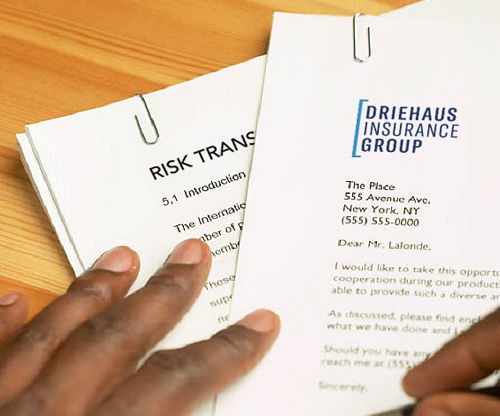
Certificates of Insurance – a Quick Review
The most common request we get for policyholder service is providing a certificate of insurance for a client. As either the certificate issuer or holder, here a few things to know about this important document.
A certificate is a point in time document. The insurance shown on the certificate is in force as of the date of the certificate. While it shows an expiration date for the policies, there is no guarantee that the coverage is in place after the date of the certificate. If you are asking for a certificate, check the date on the document. If it is not a current date, ask for a new certificate to be sure coverage has not lapsed or changed.
Check the limits of insurance shown on the certificate. The limits carried by the other party in a transaction should meet the requirements in the written agreement. Do not assume they will match. If you do not have a written agreement, you may not be able to transfer risk to the insurer. If you are providing the certificate, make sure your limits meet the requirements.
Do not assume that your insurance policy will respond to the liabilities you are being asked to assume. Insurance policies may have exclusions or limitations that impact a given exposure. You should understand your coverage and the risk you are being asked to assume. Read before you sign!
The certificate will identify the insurance carriers that are providing coverage. Some contracts will specify that the insurer must have a specific AM Best rating. There are two ratings typically specified, a Financial Strength Rating and a Financial Size Category Rating. The two links will take you to the AM Best site for details on these ratings. Do the carriers on the certificate meet these requirements?
The risk transfer agreement may have additional insurance requirements beyond a certificate and additional insured status. If there are other provisions such as waiver of subrogation, primary and non-contributory, or specific policy forms and dates, be sure the certificate reflects those as well. Send us the contract language so we can be sure your policy responds.
Certificates are issued to specific holders. If you are presented with a “sample” or “generic” certificate be sure to request one where you are the certificate holder.
You may ask for notification from the other party’s insurer if the coverage lapses. In most cases the insurer will “endeavor” to provide that notice. If you have concerns that the other party may have an insurance lapse, you should plan on following up with the certificate issuer to get confirmation of coverage. In order for an insurer to provide notification, you must not only be a certificate holder but also be specifically added to the policy by endorsement granting additional insured status.
We issue certificates every day and understand what is needed and how to structure your coverage to address these requirements. We can also help you interpret certificates you receive so you are confident of the coverage being described.
Certificates of insurance play a key role in commerce and contractual risk transfer. We understand the process and can help you navigate the choices to be sure your insurance program protects what is important to you.
The descriptions of insurance coverage are general in nature and are not a replacement for actual policy language. Call us at 513-977-6860 or visit our website at www.driehausins.com to learn more about us and to get in touch with us.

Comments